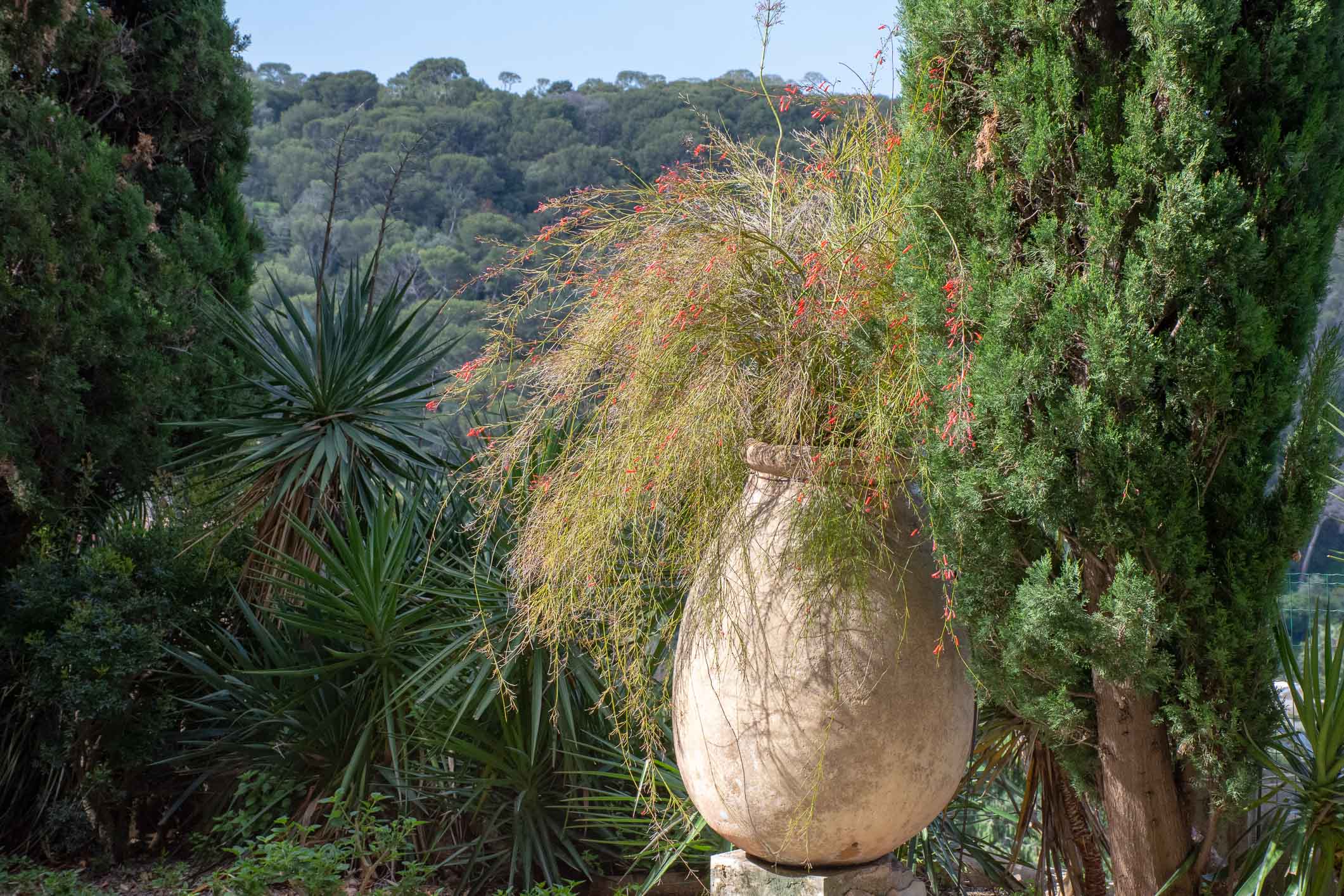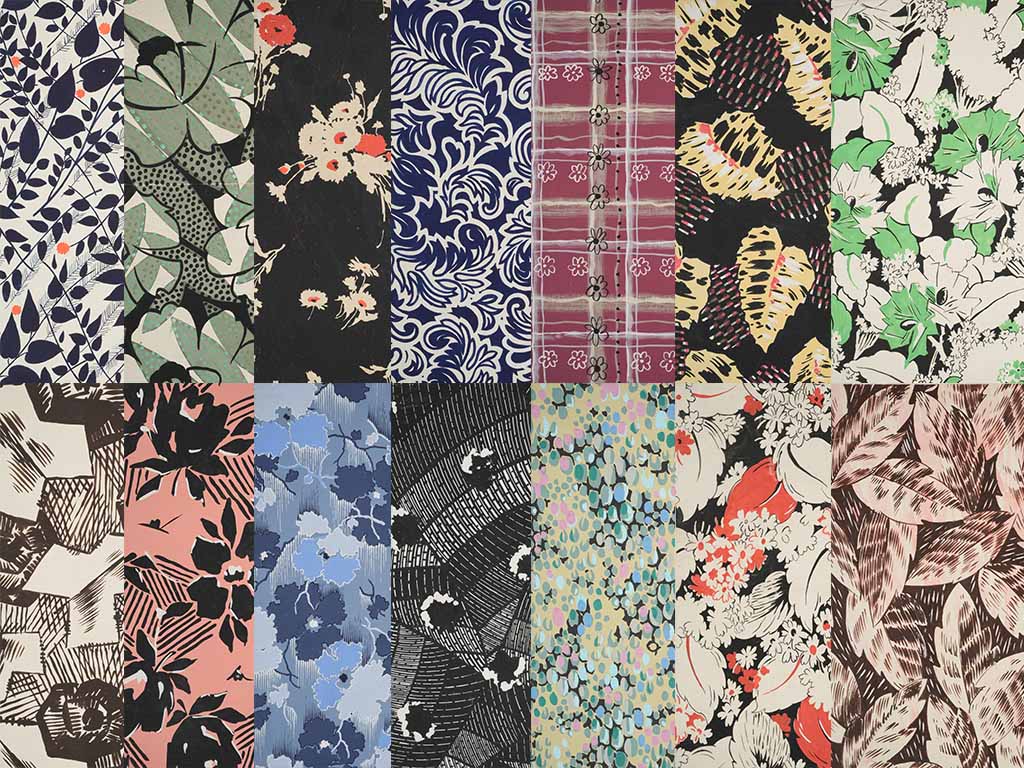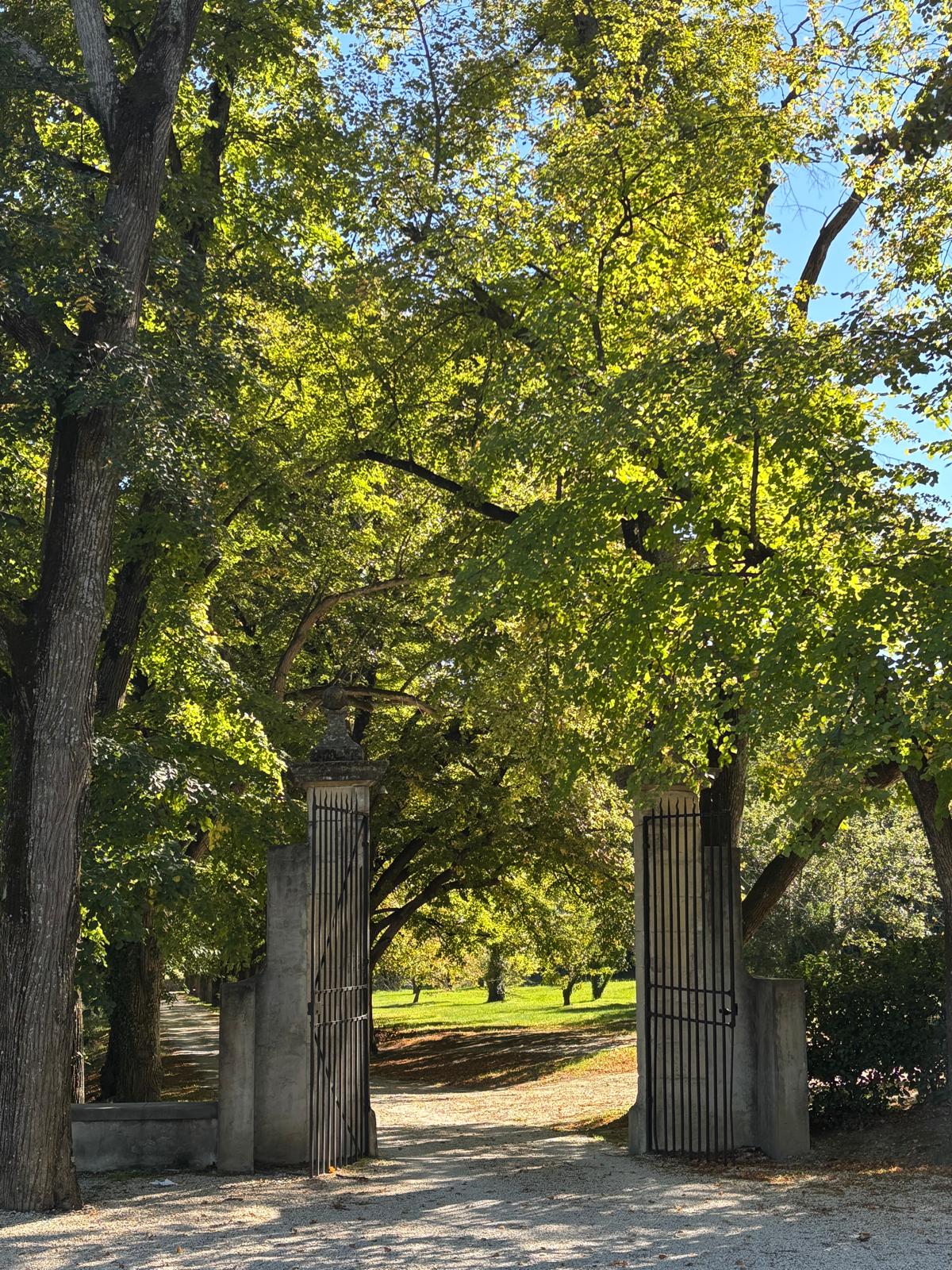
The Biot Jar - An ancient French tradition
Discover historical facts, defining characteristics, and the ancient technique of making these beautiful and classic earthenware vessels.

History of Biot Jars
Earthenware vases have been made in Biot, a town in the Provence-Alpes-Côte d’Azur region near Antibes, since the Middle Ages. Artisans from Biot followed ancient techniques to craft pottery. Jars from Biot served a purely practical purpose originally. They were created to store and transport food and liquid such as olives and oil. Not only has the quality of the craftsmanship stood the test of time, but the sublime and simple shape has as well. The famous Biot Vase is still highly sought after as a decorative item today (credit: The Office of Tourism in Biot).
Biot became a hub for pottery production due to its rich clay soils, abundant water, and forests in the Brague basin. Tradition holds that around 1470, families of potters from Val d'Oneille settled in Biot, then known as the castrum of Buzotto, and began crafting utilitarian glazed earthenware. By the 16th century, these potters were already exporting their goods beyond the village.
In 1725, following a devastating famine caused by the crop failures during the 1707 invasion and the harsh frosts of 1709, the villagers of Biot turned to large-scale pottery production. This industry thrived for a century and a half, reaching significant levels of output. Large jars and earthenware pots were produced in great numbers, with 35 factories capable of making up to 588,000 jars annually, equivalent to 84,000 standard jars. These jars served many purposes, from storing liquids like oil and wine to preserving cereals, olives, fruits, vegetables, aromatic plants, and pickles.

Biot's pottery was sold throughout Provence and also exported. By the early 19th century, these jars were a key part of Antibes' trade. Biot's influence spread widely, with its ceramics found in Genoa, Bastia, Cagliari, Livorno, the Levant, North and South America, Europe, and French colonies in Africa and Asia. However, the latter half of the 19th century saw the decline of this industry due to advances in manufacturing techniques, the replacement of clay by metal, and later by plastics, as well as improvements in transportation. By 1910, only five potteries remained operational. After World War I, pottery in Biot experienced a revival, transitioning from utilitarian objects to decorative garden vases. Post-1945, with the recognition of skilled artisans and the emergence of renowned artists, the craft of pottery in Biot saw a resurgence in popularity and innovation.

Discover Chez Pluie's amazing collection of antique pots. Chez Pluie has available for purchase online 18th and 19th century French biot jars.
Characteristics of Biot jars
Biot jars are round, bulbous vessels and made from terracotta endemic to the town of Biot in southern France. Terracotta from this area is an unusual beige color. As Biot jars were traditionally used to preserve olives, the rim around the neck of the urns always is glazed. This prevented olives and oil from seeping into the terracotta. This interior glaze is a definining feature of Biot jars. The jar was sealed traditionally with a wooden lid or bouchon - sometimes it is still possible to unearth the original lids.


How to make a Biot jar
The technique for making Biot jars is fascinating. To give a brief summary, first a wooden armature is assembled and ropes are wound around the framework. Wet clay is then 'thrown' over the tightly-wrapped rope.
The ancient technique of rope-thrown pottery uses timber spines wrapped in a coil of rope then clay is applied by hand. The largest biot jars weigh up to 150 kilograms or 330 pounds.
Once the clay begins to dry and hold its shape, the rope is carefully unwound and the timbers removed. The rope makes a beautiful horizontal pattern on the inside of the jar, which creates a lovely texture.
Traditionally-made Biot Jars are all hand-crafted using the rope-thrown method and are imprinted with the atelier's seal.
Biot-style jars made in Anduze
Bespoke Biot Jars can be ordered online through Chez Pluie. Artisans in Anduze will make your jar exclusively by hand following the traditional methods for making Biot jars that date to the Neolithic period.
Biot Jars made by artisans in Anduze brand their vessels with a shell. The exact same shell is used to brand each piece and embodies the pride and skill of the craftsman who create them.
Every piece is unique, one off, and made to order. And the results are breathtaking! The love and care of the artisans and the quality of material that is invested into each piece is evident.
Our pottery can be found at the Château of Versailles, Château de Mons, Château de Flaugergues and the Manor of the Garde. Biot jars and pottery made by the artisanal workshops of Anduze also line the streets of Nice on the Côte d'Azur and the exquisite village of Montpellier. These historic landmarks and discerning clients demand the best quality.
Discover our latest range of bespoke Anduze pottery.
Related Posts:
An introduction to classic French garden pots, planters, urns, and olive jars

The Anduze Urn: timeless elegance

Medici urns and 13 decorative uses

Six beautiful garden room ideas
The most beautiful French gardens - Dominique Lafourcade














4 comments
I have purchased a Biot butter crock. Can I wash this in dishwasher or by hand only?
Giovanna
Thank you, so so beautiful.
Anna ravbar
I love the design, colour and texture of your unique handmade pots. They carry such a weight and character to them that almost reminds me of ancient civilization. I live in Canada and don’t know where I can see beautiful pieces here. Any advice? Thanks
CATHY
Dear Sir or Madam
I am interested in a small – medium biot jars.
Marta
Leave a comment
This site is protected by hCaptcha and the hCaptcha Privacy Policy and Terms of Service apply.